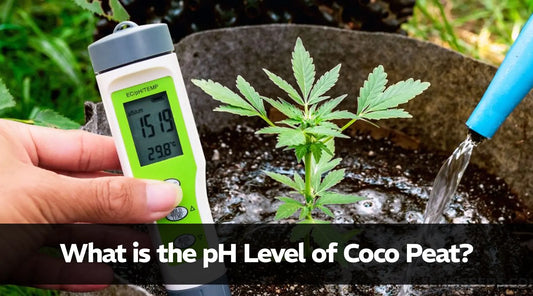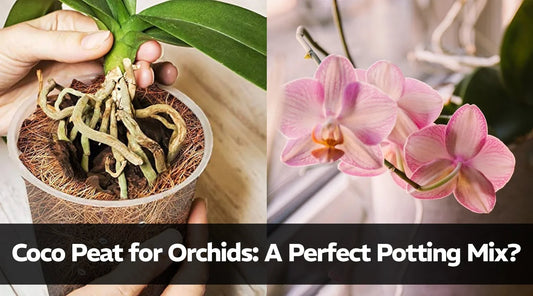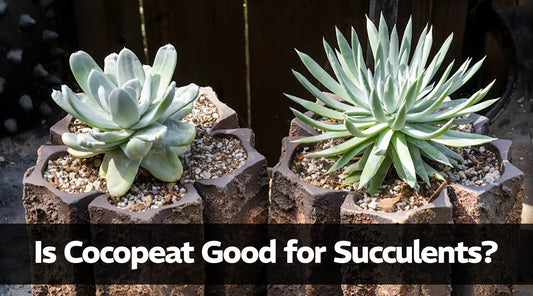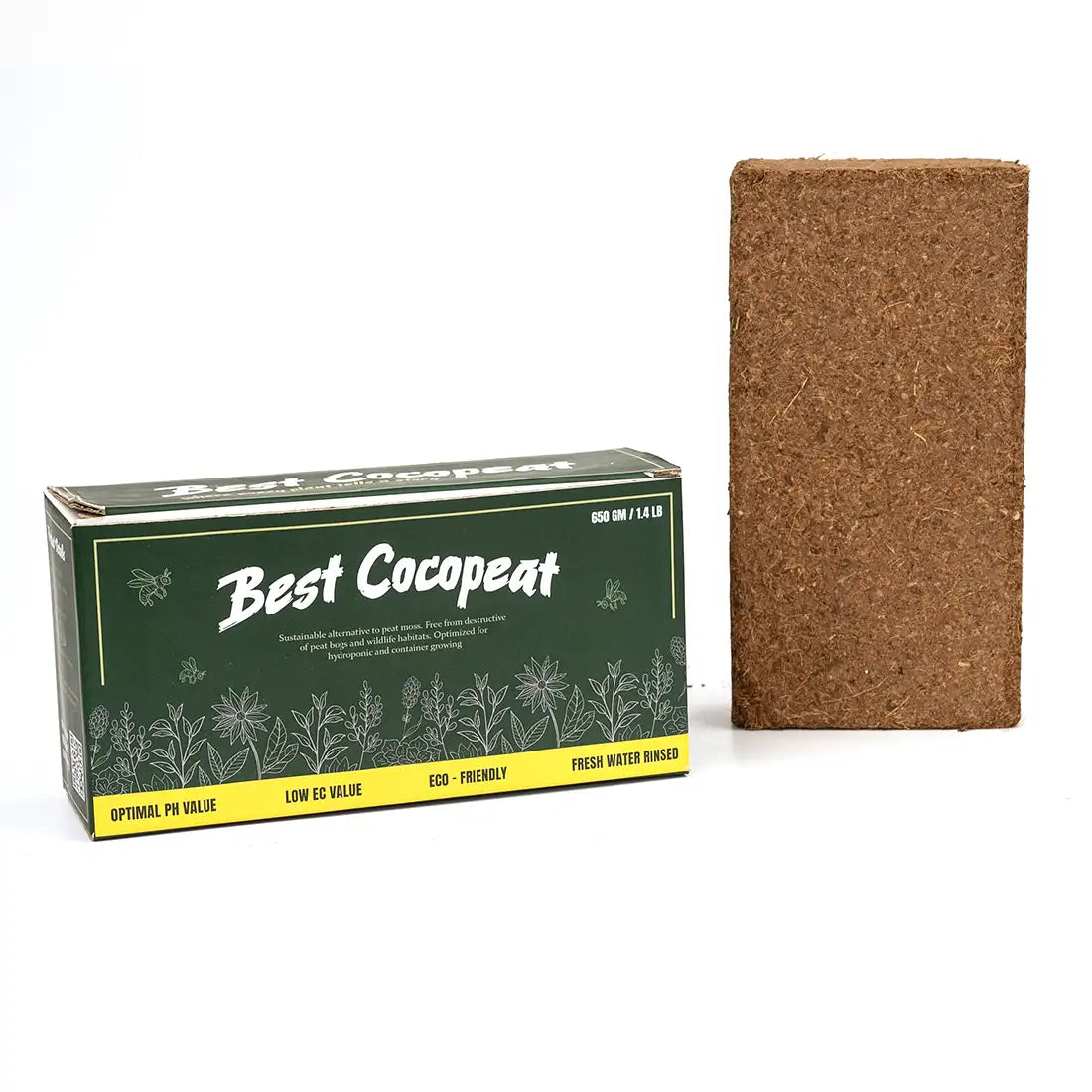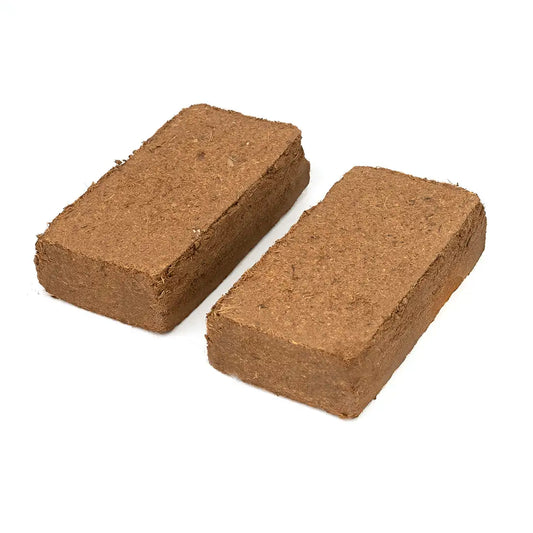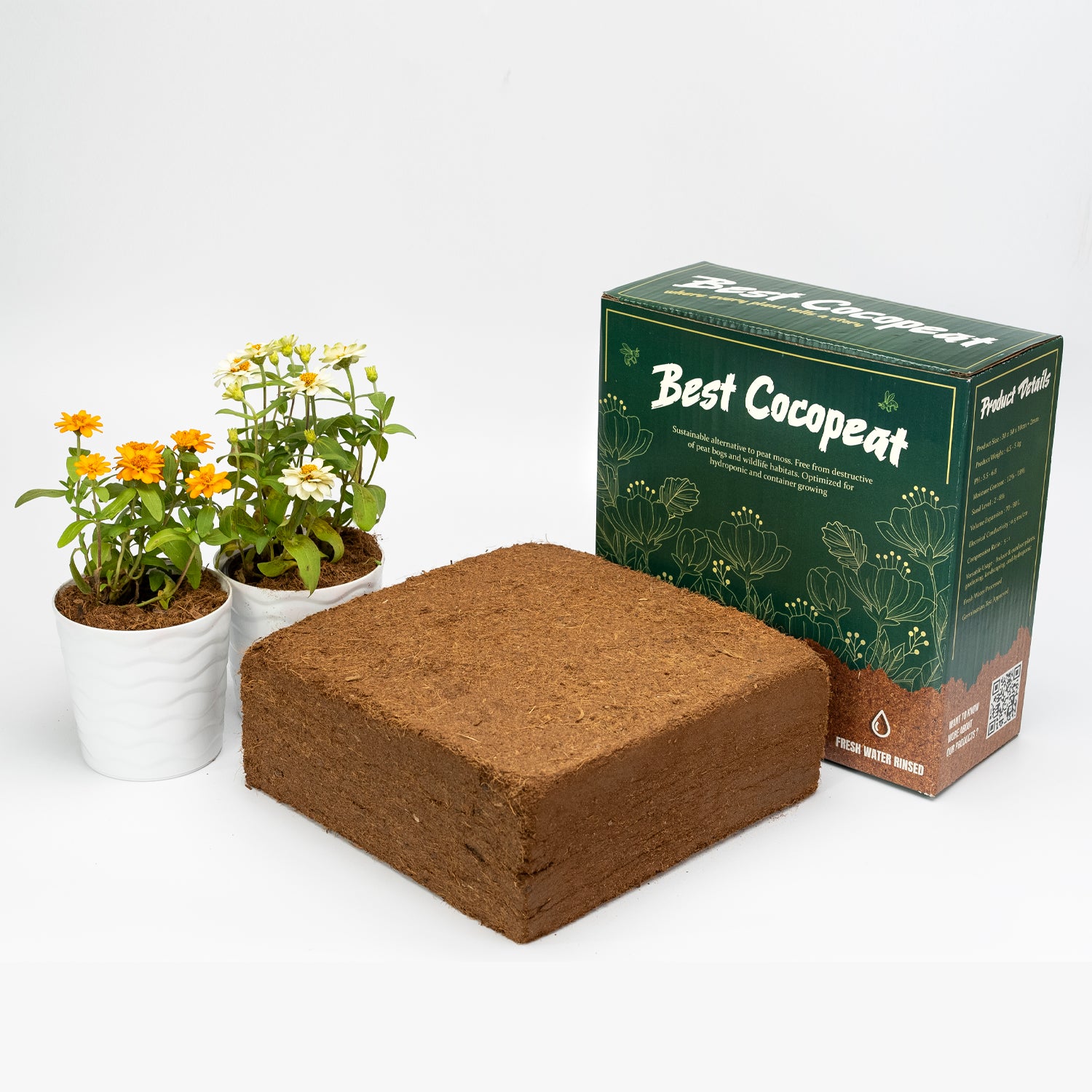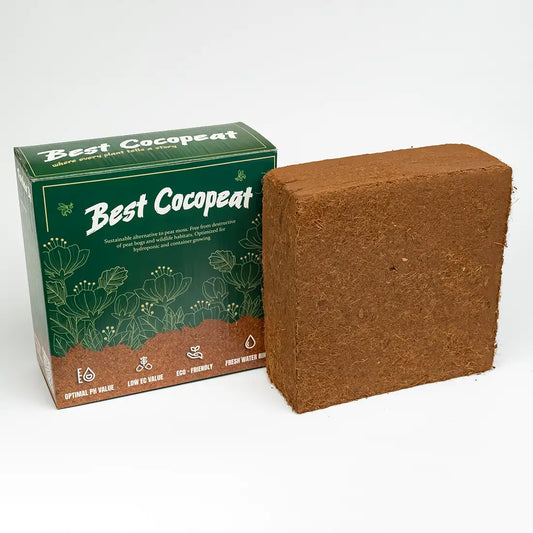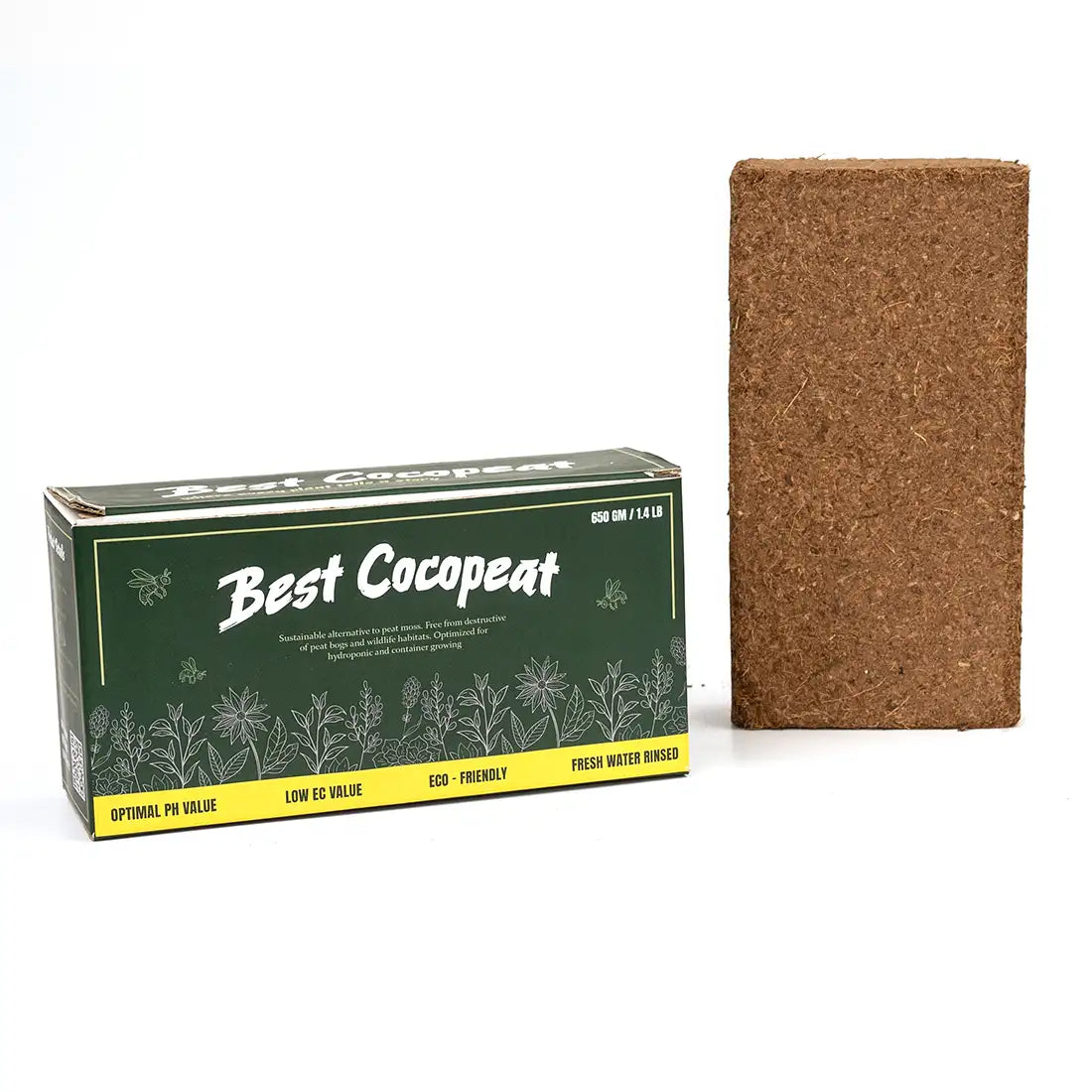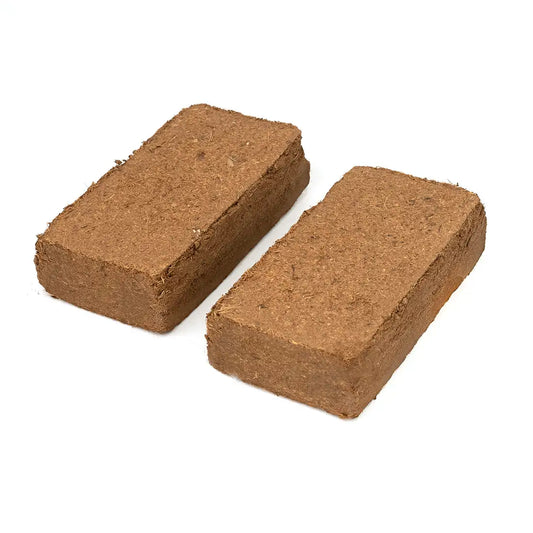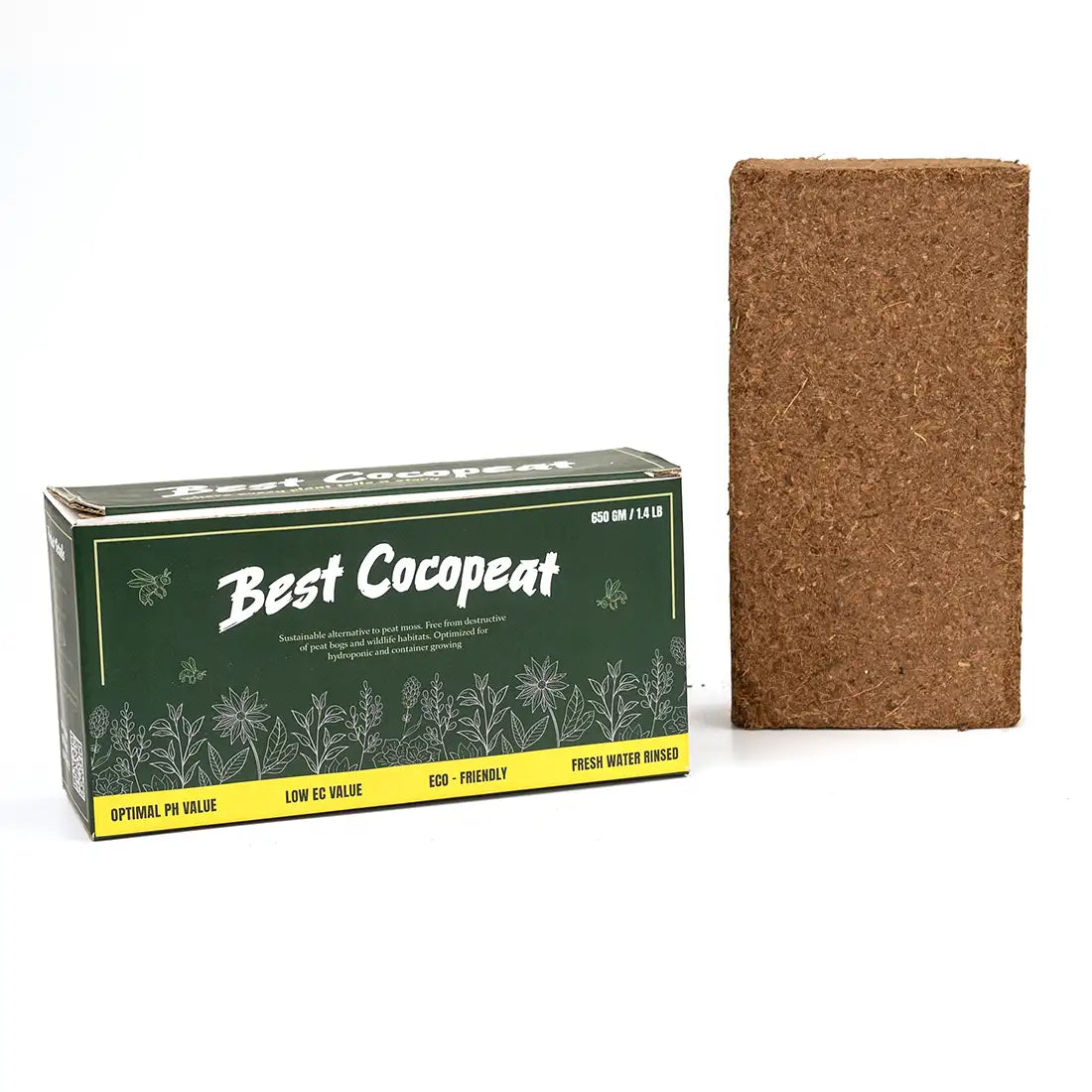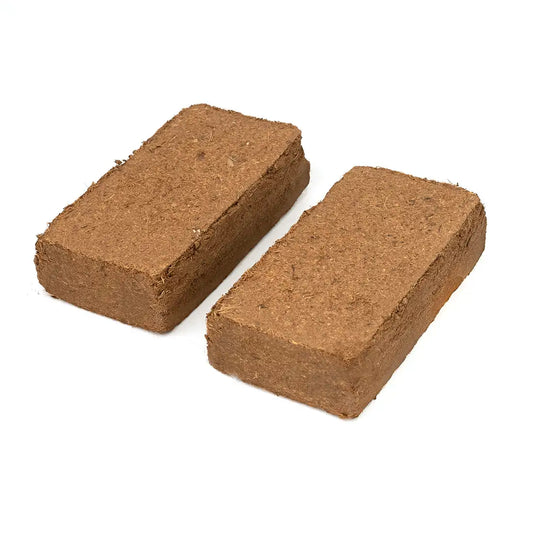Gardeners and growers can directly develop new plants from existing trees or shrubs by using the tried-and-true horticultural method known as air layering. Air layering stimulates the formation of roots while the branch is still connected to the parent plant, in contrast to conventional seed or cutting propagation. The method is widely used for air layering trees, shrubs, and some houseplants. Selecting the appropriate medium to promote root growth is one of the most important parts of effective air layering.
What is the best medium for air layering? The fix is found in cocopeat, a substance that is breathable, moisture-retentive, and kind to plant fibers.
Why Medium Matters in Air Layering
In order to promote root development, a portion of a branch gets wounded, treated with rooting hormone, and covered with a moist rooting medium during the air layering process. The area needs to be kept aerated and moist without being soggy. The perfect medium would be:
-
Keep moist over time.
-
Permits oxygen to reach growing roots.
-
Prevent tearing down while the roots are growing.
-
Be simple to wrap and apply.
Regular mediums include items like sphagnum moss, compost, and garden soil. However, as a more efficient and environmentally responsible option, modern gardeners are turning to cocopeat air layering.
Cocopeat: A Game-Changer for Air Layering
Sometimes called coir or coco peat, cocopeat is a byproduct of processing coconut husks. It retains moisture well, remains lightweight, and allows for ample airflow.
Because of such features, cocopeat is perfect for air layering, particularly in dry or heated climates where moisture loss is a factor.
Advantages of Air Layering with Cocopeat:
-
Moisture Retention: Unlike soil or moss, cocopeat keeps water for a greatly longer period of time, which keeps the area where roots grow always moist.
-
Aeration: Because of the fibrous texture, air can circulate, preventing root rot and encouraging the growth of healthy roots.
-
Sterile and Clean: The possibility of contamination reduces by cocopeat's natural resistance to pests and fungal spores.
-
Sustainable: An environmentally friendly option for growing plants is cocopeat, which is made from renewable coconut husks.
-
Easy to Use: For roots, cocopeat is easily soaked, wrapped over the wound, and then covered with plastic.
Cocopeat for plants is also becoming more and more popular in a variety of gardening techniques. It is perfect for air layering and more because of its ability to promote root development and water retention.
How to Use Cocopeat for Air Layering
To use cocopeat for air layering, take these steps:
-
Choose the Branch: Choose a branch from a tree or shrub that is healthy and semi-mature.
-
Make a Wound: Cut off a ring of skin from the branch that is one to two inches wide.
-
Apply Rooting Hormone: This step might accelerate the formation of roots, but it is optional.
-
Moisten the Cocopeat: A small amount of cocopeat should be soaked in water until it is moist but not pouring.
-
Wrap the Wound: Apply the moist cocopeat to the injured region..
-
Secure with Plastic: To keep the cocopeat moist, wrap it in plastic and secure both ends.
-
Wait and Watch: The growth of roots usually takes 4–8 weeks, depending upon the climate and type of plant.
This method works well for many plants, especially those that are difficult to grow from cuttings. Cocopeat air grafting can be helpful for both decorative and fruit trees, including guava, lemon, and fig.
Air Grafting vs Air Layering
Air grafting and air layering are relatively different, despite the fact that they are frequently used simultaneously. Air layering creates a new plant from an existing branch, but air grafting joins a scion to a root. In both techniques, coco peat can be used as the rooting medium.
The Best Ways to Air Layer in Cocopeat
-
For prevention of infections, use clean, fresh coco peat at all times.
-
Don't soak the cocopeat too much.
-
Inspect the layer often for root growth.
-
To protect roots from light, wrap them in transparent or black plastic wrap.
Some farmers blend cocopeat with a coco soil mix to improve structure, nutrient availability and increase performance.
Conclusion
Using cocopeat for air layering is an appropriate choice for farmers who want to easily grow new plants. Its exceptional aeration and moisture retention capabilities surpass those of traditional soil, particularly when air layering trees or carrying out delicate air grafting operations.
Cocopeat is the best medium for air layering, whether you're growing your favorite fruit tree or trying out some decorative shrubs. Make sure to choose a premium product that promotes plant health and guarantees good growth. Choose the Best Cocopeat.

